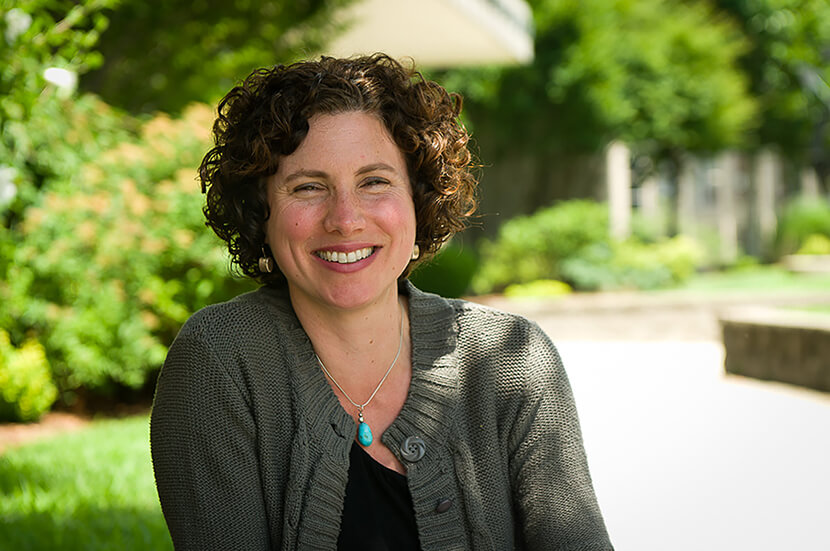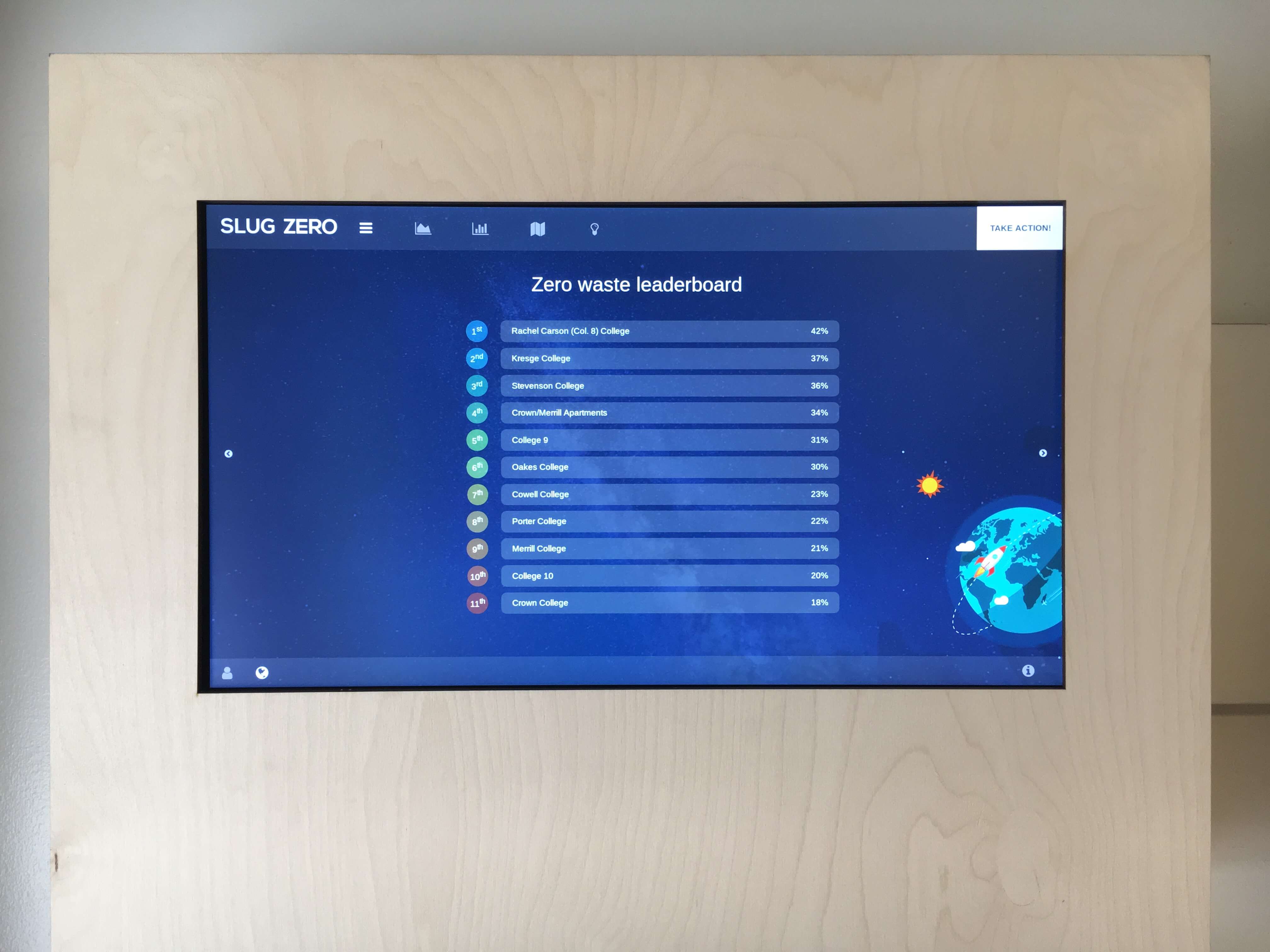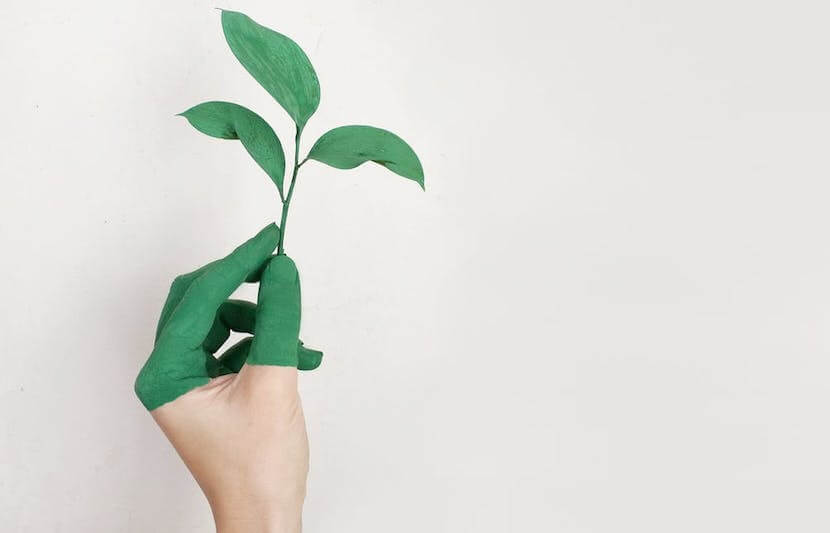Sustainability research has become one of the most important fields in science, particularly as global populations continue to rise and earth’s resources are increasingly spread thin.
Luckily, many brilliant minds are working to investigate topics such as clean energy, sustainable food systems, and climate change — and women are often at the forefront of such work.
In this article, we highlight 7 women who are killin’ it in sustainability research to make our world a better place.
Madhur Anand
Director of Global Ecological Change and Anand Sustainability Lab, University of Guelph, Canada
As the director of the Anand Lab at the University of Guelph, Madhur Anand works to promote knowledge and tools that will enhance long-term human-environmental sustainability.
In a recent study, Anand investigated global land use and food production and found that if the rest of the world were to adopt USDA guidelines, we would need to acquire one giga-hectare of additional land, roughly the size of Canada, to keep up with current farming practices.
In other words, Anand and her team found that we are using more land for food production than we can spatially handle.
Seeing this as a significant threat to sustainability, Anand concluded that there should be an international coordination of dietary guidelines since global land is so limited.
“This kind of research strengthens the fact that human health and ecosystem health are inextricably linked. There are many ways we can change our behavior and our policies, and also direct future research directions based on this study,” Anand said.
“For example, individuals can make decisions (e.g., about what they consume) to try to decrease their environmental footprint. Governments can develop guidelines that take into account more than one planetary or social boundary (e.g., in this case, food and land use). And, future research could examine how alternate diets and new technologies could be applied globally to deal with these issues.”
[divider]
Ngalula Mubenga
Assistant Professor of Electrical Engineering Technology, The University of Toledo
Ngalula Mubenga grew up in an energy-scarce region in the Democratic Republic of Congo in Africa, and was inspired by her near-death experience to become an electrical engineer.

When she was 17 years old, her appendix burst — but since there was no power at the hospital, she had to wait three days before she could be operated on.
Now, at The University of Toledo, Mubenga has developed an energy storage system that increases the longevity and performance of battery packs in electric vehicles, satellites, planes, grid stations and more.
In the past, battery engineers attempted to sustain the balance of their batteries by using either a passive equalizer, which loses valuable energy, or an active equalizer, which costs 10 times as much as a passive equalizer.
This new revolutionary technology, called a bilevel equalizer, combines the low cost of passive equalizers with the high performance of an active equalizer.
The bilevel equalizer works by grouping battery cells into sections of four to 14 cells. Within each section, each specific cell is balanced with a passive equalizer, and an active equalizer works to balance the voltage of the entire section.
“People in the industry were aware of the weak cell problem, but could not do anything because of the cost,” Mubenga said.
“The bilevel equalizer offers an option that is low cost and has high performance. This is an option that is ideal for lithium ion battery energy storage systems that must be cost efficient and last a long time. The bilevel equalizer increases the discharge capacity by over 30 percent and increases the longevity of the battery pack because the cells are balanced.”
Mubenga has modeled most of her professional career after aiding those in her native country, and recognizes that the advancement of lithium-ion batteries would help the economy of The Democratic Republic of Congo.
[divider]
Juliette-Rooney Varga
Associate Professor of Environmental Science & Director of Climate Change Initiative, University of Massachusetts Lowell
One of the biggest problems facing climate change today is a lack of motivation to take action — but with the help of Juliette-Rooney Varga and a role-playing game, perhaps we can start to put the issue into perspective.

Image: UMass Lowell
Rooney-Varga teamed up with various researchers to study how World Climate, a climate change negotiations game simulating the United Nations climate talks, can encourage people to live a more sustainable life.
In World Climate, participants are given roles of U.N. national delegates to come up with policies for greenhouse gas emissions to mitigate climate change. While the developed nations pledge contributions to the Green Climate Fund to help developing nations cut their emissions and adapt to change, the developing nations specify how much they need to do so.
Their decisions are then entered into the climate policy computer model, C-ROADS, which has been used to support the real negotiations, giving participants immediate feedback on the expected climate impacts of their decisions.
The researchers looked at how the game affected more than 2,000 participants from eight countries and four continents, ranging from middle school students to business executives.
Ultimately, they found that across diverse political orientation, cultural identity, age or gender, every participant showed increased understanding of climate change, a greater sense of urgency and hope, and increased motivation to take action.
“Games like World Climate can create simulated experience that deliver the benefits of learning and engagement while avoiding the costs and risks of making mistakes in the real world,” said Rooney-Varga.
[divider]
Halley Froehlich
Postdoctoral Researcher, National Center for Ecological Analysis and Synthesis (NCEAS)
The cultivation of fish or other marine animals for consumption, known as aquaculture, is the fastest growing food sector in the planet and a vital form of food production in our growing world.
But, according to a new study by Halley Froehlich and a team of researchers at NCEAS, sustainability in the seafood industry is rapidly changing due to warming ocean temperatures and extreme weather.
The study focuses on the possible climate change impacts on the production of marine finfish and bivalve aquaculture, such as clams, mussels and oysters, to 2090.
Overall, the research shows that aquaculture can expect to face a decline in productivity due to factors like warming water temperatures and increasingly acidic waters, and some farmers are already experiencing declines in their production.
“‘Blue Growth’ or the ‘Blue Economy’ represent the support of the sustainable use of the oceans for food, livelihoods, and jobs, given those things do not undermine the health of the oceans,” said Froehlich. “This type of development is already important in developed and developing nations around the world.”
“What we found was the greater warming extremes anticipated to occur in the future will likely result in greater potential for declines in production globally,” she continued.
[divider]
Katie Patrick
Environmental Engineer & Software Designer, Creator of Hello World Labs
Katie Patrick has a vision to make the world more sustainable, and as the founder of Hello World Labs, she helps to solve the world’s most pressing issues using data, behavior change and game design.
In a recent partnership with the University of California Santa Cruz, Patrick and a team of designers at Hello World Labs are developing touch-screen monitors for dorm buildings that will inform students, faculty and staff about how much solid waste they are producing.
In this way, the technology company hopes to create a design that will encourage friendly, interactive competition while promoting more sustainable food practices.
To do this, the designers proposed a screen to be installed in the doorway of each of the university’s dorms because it takes advantage of the power of “ambient messaging.” Everyone can see and absorb the information on dorm waste without having to look at a smartphone, email or paper report.

In addition to numeric ranking, each building will be ranked by color on a scale from red to green. The designers also added an emotive banana slug, UCSC’s mascot, to display happy and sad emotions.
The screen design will also present tips to passersby and offer an opportunity for people to sign up for a free email course on how to limit their waste.
“They wanted to get the data that the trucks were collecting online in real time, in a way that looked nice, and would push the students to make less waste,” Patrick said.
“I used the social comparison design of ranking the dorms to create a sense of competition, a color grade to nudge the carrot-stick, and the emotive banana slugs to create an emotional connection with the content,” she said.
[divider]
Cassandra Nikolaus
Doctoral Candidate in the Department of Food Science and Human Nutrition, University of Illinois
Food waste poses a huge threat to sustainability, and a new study by Cassandra Nikolaus sheds light on why college students may have a higher tendency to waste food than other populations.
Building off of data that suggests 18-24 year olds are among those producing the most food waste, Nikolaus and a team of researchers surveyed 58 college students living both on and off-campus to assess why this is happening.
Ultimately, the researchers found that this may be happening because effective food-management skills haven’t been learned yet in this stage of life.
For example, the researchers found differences in perceptions and behaviors between participants who lived on campus and those who lived off campus.
Some students reported learning more about food waste only after they started buying their own groceries — an opportunity that many on-campus students don’t have.
The researchers also found a sense of apathy or denial about food waste. Many reported that it wasn’t an issue they could control or should care about.
“We conducted focus groups with young adults and the resulting qualitative information is incredibly rich with details and descriptions of current perceptions and behaviors. The young adults identified several factors that either increased or decreased their individual waste,” said Nikolaus.
“We can use these results to design interventions, such as information campaigns or changes to the food environment, to reduce food wasted by young adults.”
After the study, Nikolaus took the results of the research to directly inform a food-awareness campaign that was implemented in a dining hall at the University of Illinois.
[divider]
Franciska De Vries
Senior Research Fellow in the School of Environmental Sciences, University of Manchester, UK
Franciska De Vries and a team of international researchers found that extreme weather conditions caused by climate change may have a more negative impact on soil and plant ecosystems than scientists previously thought.
De Vries and her team studied how drought affects soil at a microbial level and found that these underlying organisms are being altered in ways that could prove detrimental for the ecosystem at large.
Soil harbors highly diverse microbial communities that are responsible for producing soil necessary for crop growth, as well as for cleaning water and regulating greenhouse gas emissions.
Additionally, by decomposing dead organic matter, microbes play an important role in controlling the balance between carbon that stays in the soil and carbon that is released into the atmosphere as CO2.
But these essential functions can be impacted by climate disturbances, and De Vries explained the importance in looking at the interactions between both plants and microbes, and between microbes themselves.
“Interactions between microbes can give us information about how their community will be affected by changes in their environment,” said de Vries.
“When one species depends completely on another species, for example because that species makes available a crucial resource for the other species, and that species goes extinct, than the other species will also go extinct.”
[divider]
Conclusion
To maintain a healthy future, the global community will have to adopt more sustainable practices in nearly every sector of life.
From food production to energy consumption, each of these women has contributed research within the field of sustainability that will leave our world a stronger, more responsible place.



